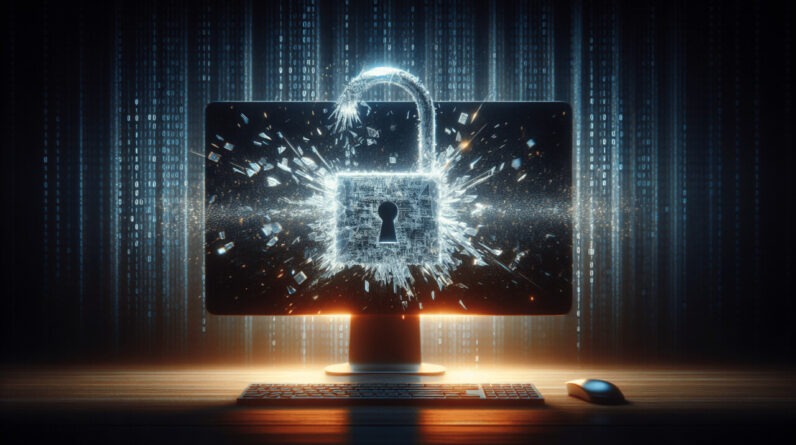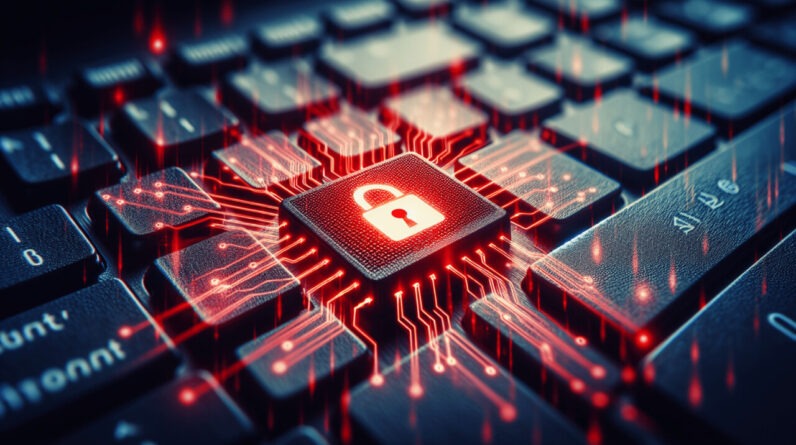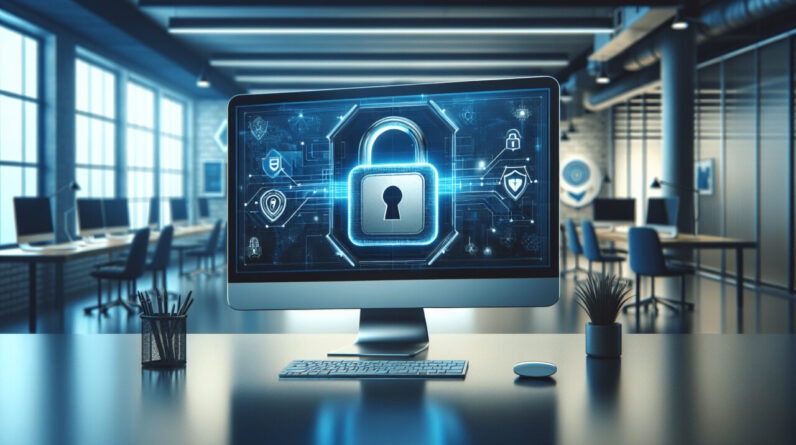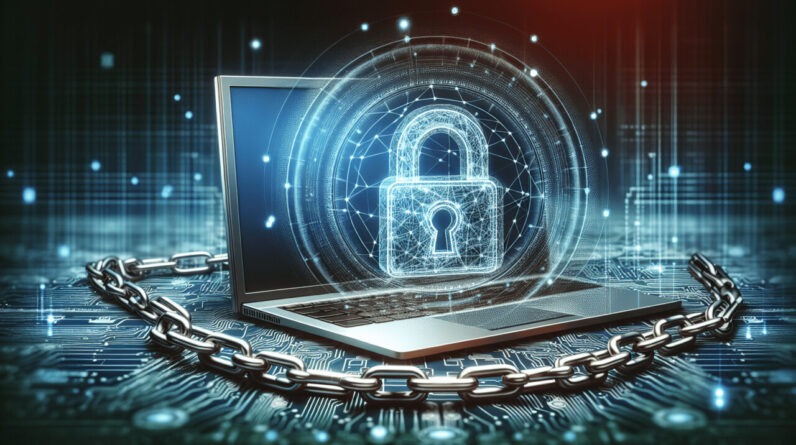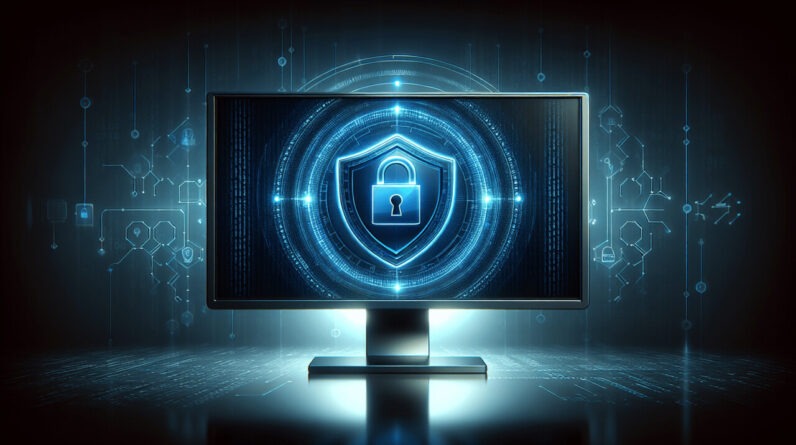
Have you ever wondered what it truly means to protect yourself online? In a world where everything is increasingly connected, understanding cybersecurity becomes more essential than ever. Let’s embark on this journey into the realm of online protection together.
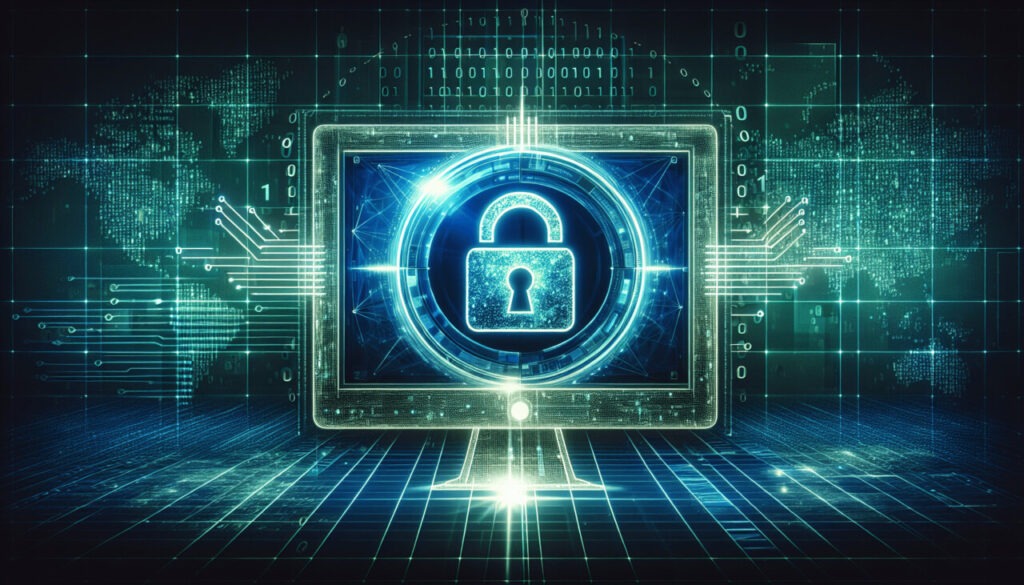
Table of Contents
What Is Cybersecurity?
At its core, cybersecurity involves protecting systems, networks, and programs from digital attacks. These attacks usually aim to access, change, or destroy sensitive information or interrupt normal business operations. As someone who spends much time online, knowing about these protective measures can help you ensure your safety and the security of your personal information.
The Importance of Cybersecurity
Why should you care about cybersecurity? You might feel that you’re just a regular user, not a high-profile target. The reality, however, is that cybercriminals often prey on everyday individuals. They exploit vulnerabilities that anyone can have, making cybersecurity something that should matter to everyone.
Consequences of Poor Cybersecurity
Imagine losing your bank details or having your personal photos leaked. The fallout from these situations can be overwhelming. Just think about the time, effort, and emotional strain it would take to recover from such breaches. Moreover, the damage to your reputation could be lasting. This highlights the importance of understanding and maintaining cybersecurity practices.
Types of Cyber Threats
Understanding the various types of cyber threats can arm you with the knowledge necessary to protect yourself effectively.
Malware
Malware is a broad category that refers to various malicious software designed to harm a computer or network. This can include viruses, worms, Trojans, and spyware. Here’s a quick breakdown:
| Type | Description |
|---|---|
| Virus | Attaches itself to clean files and spreads throughout the computer |
| Worm | Self-replicating malware that can spread without user intervention |
| Trojan | Disguises itself as legitimate software to trick users |
| Spyware | Collects user information without their knowledge |
Phishing
Phishing scams trick individuals into providing sensitive information. You might receive emails that appear legitimate but lead you to fraudulent websites. It’s crucial to verify any unexpected requests for personal details.
Ransomware
This type of malware encrypts files or blocks access to a system until you pay a ransom. Imagine being locked out of your own files with no way to retrieve them unless you pay a hefty fee. Protecting yourself against ransomware attacks is vital.
Denial of Service Attacks (DoS)
DoS attacks aim to make your online service unavailable by overwhelming it with traffic. For businesses, this can cause significant issues. For you, it might mean being unable to access a website when you need it most.
Basic Cybersecurity Practices
Now that you understand the potential threats, let’s discuss how you can protect yourself online.
Use Strong Passwords
Using passwords like “123456” or “password” is tempting, but it’s not secure. Instead, create complex passwords that combine letters, numbers, and symbols. Consider using a password manager to keep track of your credentials securely.
Enable Two-Factor Authentication
Two-factor authentication (2FA) adds an extra layer of security. This typically involves receiving a text or email with a code that you must enter in addition to your password. Enabling 2FA can significantly reduce the chances of unauthorized access.
Keep Software Updated
Software companies frequently release updates to patch security vulnerabilities. Always keep your operating systems, antivirus programs, and apps updated to protect yourself from potential exploits.
Be Wary of Public Wi-Fi
Public Wi-Fi networks can be breeding grounds for cybercriminals. When using public Wi-Fi, avoid accessing sensitive information, such as online banking. If you must use public networks, consider using a Virtual Private Network (VPN) to encrypt your connection.
Backup Your Data
In case of a cyber incident, having backup copies of essential data can save you. Use external hard drives or cloud storage solutions to keep your files safe and secure.
Understanding Cybersecurity Policies
Many organizations have cybersecurity policies in place to protect their data and systems. You might be curious about how these policies work and how they relate to you.
What Are Cybersecurity Policies?
Cybersecurity policies are a set of rules and guidelines that detail how an organization intends to protect its electronic assets. These policies often include practices for data management, password management, and incident response procedures.
The Role in Organizations
Within organizations, cybersecurity policies guide how employees should handle sensitive information, thus reducing the risk of cyber threats. Understanding and adhering to these policies can also protect you as an individual working within these systems.

Cybersecurity Laws and Regulations
Various laws and regulations are in place to ensure that organizations implement adequate cybersecurity measures. Understanding these can deepen your awareness of the broader implications of cybersecurity.
General Data Protection Regulation (GDPR)
Affects organizations in the EU, GDPR enforces strict rules on data management and privacy. It ensures that your personal information is protected while providing you with rights to control your data.
Health Insurance Portability and Accountability Act (HIPAA)
HIPAA focuses on protecting sensitive patient information in the healthcare industry. If you ever find yourself in a healthcare scenario, understanding HIPAA helps ensure your data is handled with care.
Payment Card Industry Data Security Standard (PCI DSS)
If you shop online, you might benefit from PCI DSS, which provides guidelines to secure credit and debit card transactions. Businesses that process payment card information must comply with these standards to protect your financial data.
The Future of Cybersecurity
The cyber landscape is constantly evolving. As technology advances, so do the methods employed by cybercriminals. Keeping an eye on what’s trending in cybersecurity is crucial for staying safe.
Emerging Technologies
With technologies like artificial intelligence and machine learning becoming prevalent, cybersecurity is also adapting. These technologies can help identify threats faster and enhance response strategies.
The Need for Continuous Learning
Cybersecurity is a field that requires continuous education and adaptation. Being aware of the latest threats, vulnerabilities, and cybersecurity practices can greatly enhance your defense mechanisms.
Cybersecurity Resources
To further your understanding, consider utilizing various resources available to you. Here are some tools and platforms that can help you along the way.
Online Courses
Various online learning platforms offer courses specifically focused on cybersecurity. Learning about best practices, tools, and strategies can significantly enhance your capabilities.
Cybersecurity Blogs and Podcasts
Staying engaged with current trends in cybersecurity through blogs and podcasts keeps you informed. These resources can provide timely updates and expert opinions on emerging threats.
Books and Publications
Numerous publications delve into both the technical and conceptual aspects of cybersecurity. Reading about real-life scenarios and case studies can help solidify your understanding.
Encouraging Others to Understand Cybersecurity
You may already be on your path to better online protection, but spreading awareness about cybersecurity can help protect those around you too. Educating friends and family can create a stronger network of security.
Sharing Knowledge
Start conversations about the importance of cybersecurity with those in your circle. Share practical tips and resources you’ve found helpful; this can ignite interest and encourage ongoing discussions.
Supporting Local Initiatives
Many communities have initiatives aimed at increasing digital literacy. By mentoring or volunteering at local organizations, you can contribute to a more informed public.
Personal Responsibility in Cybersecurity
Ultimately, responsibility lies with each individual. While organizations may have policies in place, your actions play a significant role in maintaining security.
Being Proactive
Staying vigilant against threats involves being proactive about your security practices. Regularly changing your passwords and staying informed about potential scams can go a long way.
Reporting Suspicious Activity
If you notice unusual activity on your accounts or encounter suspicious emails, report these incidents. The sooner you act, the better chance you have at mitigating any potential damage.
Conclusion: Your Role in Cybersecurity
As digital connectivity continues to grow, the responsibility for maintaining online safety falls increasingly on individuals. Arm yourself with knowledge, adopt strong cybersecurity practices, and educate those around you. By doing so, you create a safer online environment not just for yourself but for everyone. Being aware and proactive about cybersecurity makes a difference in an ever-changing digital landscape. Together, let’s contribute to a more secure online world.


